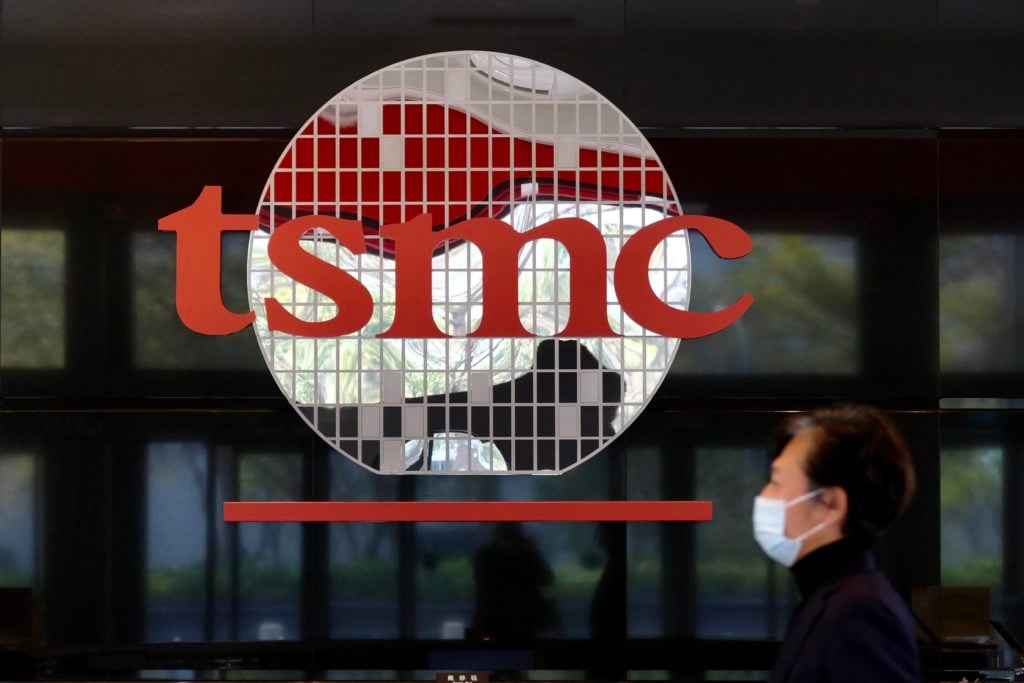The semiconductor shortfall that is putting pressure on electronics makers isn’t going away anytime soon, according to a report from the US Department of Commerce. The data comes from a Request for Information survey that received 164 replies from “virtually every major semiconductor maker as well as companies from a variety of consumer industries.”
“We aren’t even close to being out of the woods as it relates to the supply problems with semiconductors,” Commerce Secretary Gina Raimondo told reporters, according to the Wall Street Journal. “The semiconductor supply chain is very fragile and it is going to remain that way until we can increase chip production.”
According to the research, supply is down to five days for several U.S. chip manufacturers and customers who use semiconductors, compared to as many as 40 days in 2019. Meanwhile, it appears that fabs were operating at over 90% capacity from Q2 2020 to Q2 2021.

It also states that median chip demand was 17 percent higher in 2021 than in 2019, but that supply and demand mismatches on some nodes prevent customers from getting what they need.
The manufacture of wafers, small slices of silicon used in chip design, is the most pressing issue in the supply chain. However, material, packaging capacity, and the ability to manufacture and test chips were also mentioned by survey respondents.
As demand grew, the Department of Commerce identified a succession of “black swan” incidents, such as COVID-19 plant shutdowns, storms, fires, and energy shortages. According to the article, some corporations only have three to five days’ worth of goods on hand, so any disruption to a plant overseas might result in production being halted and workers being furloughed in the United States.
The Semiconductor Industry Association, a lobbying group that comprises Intel, AMD, Nvidia, Qualcomm, IBM, and Texas Instruments, among others, provided some of the data included in the research.
While the PC sector has been heavily damaged, much of the paper focuses on older logic processors, analog chips (such as those used in image sensors and power management), and optoelectronics in sensors and switches. In addition, the Commerce Department identified certain nodes where supply and demand are out of whack:
- Microcontrollers are made mostly of legacy logic chips, such as those manufactured at nodes of 40, 90, 150, 180, and 250 nanometers.
- Analog chips, for example, at nodes of 40, 130, 160, 180, and 800 nm; and optoelectronics chips, for example, at nodes of 65, 110, and 180 nm.
- These aren’t the chips seen in phones, gaming PCs, and laptops, which often use nodes as small as 7 nanometers.
These chips are utilized in “critical industries” such as broadband, automobiles, and medical equipment, according to the Commerce Department. The agency also stated that it would investigate “unusually high prices” on certain nodes, implying price gouging.

The report from the Department of Commerce advocates for legislation to increase chip production in the United States.
“The RFI results make it clear: America needs to create more semiconductors,” the report’s executive summary states, urging Congress to subsidize semiconductor production in the US. It also calls for the passage of the US Innovation and Competition Act of 2021, which provides funding for research, development, and manufacturing through 2026, as well as provisions for funding “wireless supply chain innovations,” imposing sanctions on China for cybersecurity and human rights violations and authorizing space exploration programs.
The law cleared the Senate in June, but the New York Times reports that it has yet to make its way to the House of Representatives.
Intel announced a plan late last week to create a “mega-site” at a new facility in Licking County, Ohio, with an initial investment of $20 billion and the first fab opening in 2025. The location could accommodate up to eight fabs, but Intel says that “the breadth and pace of Intel’s expansion in Ohio will be substantially reliant on funding from the CHIPS Act.”
Intel has not specified which chips will be produced in these fabs. While many corporations in the United States build their chips, they outsource the production of now-rare components to contract manufacturers like Taiwan Semiconductor (TSMC).
also read:
Intel Alder Lake Core i7-12700H & even The Core i5-12500H proves to be faster than Core i9-11980HK




